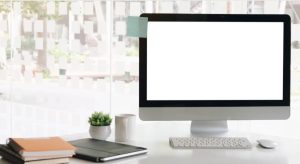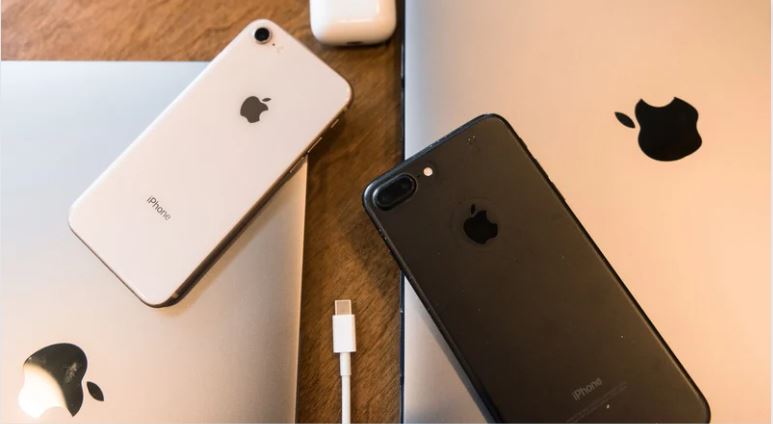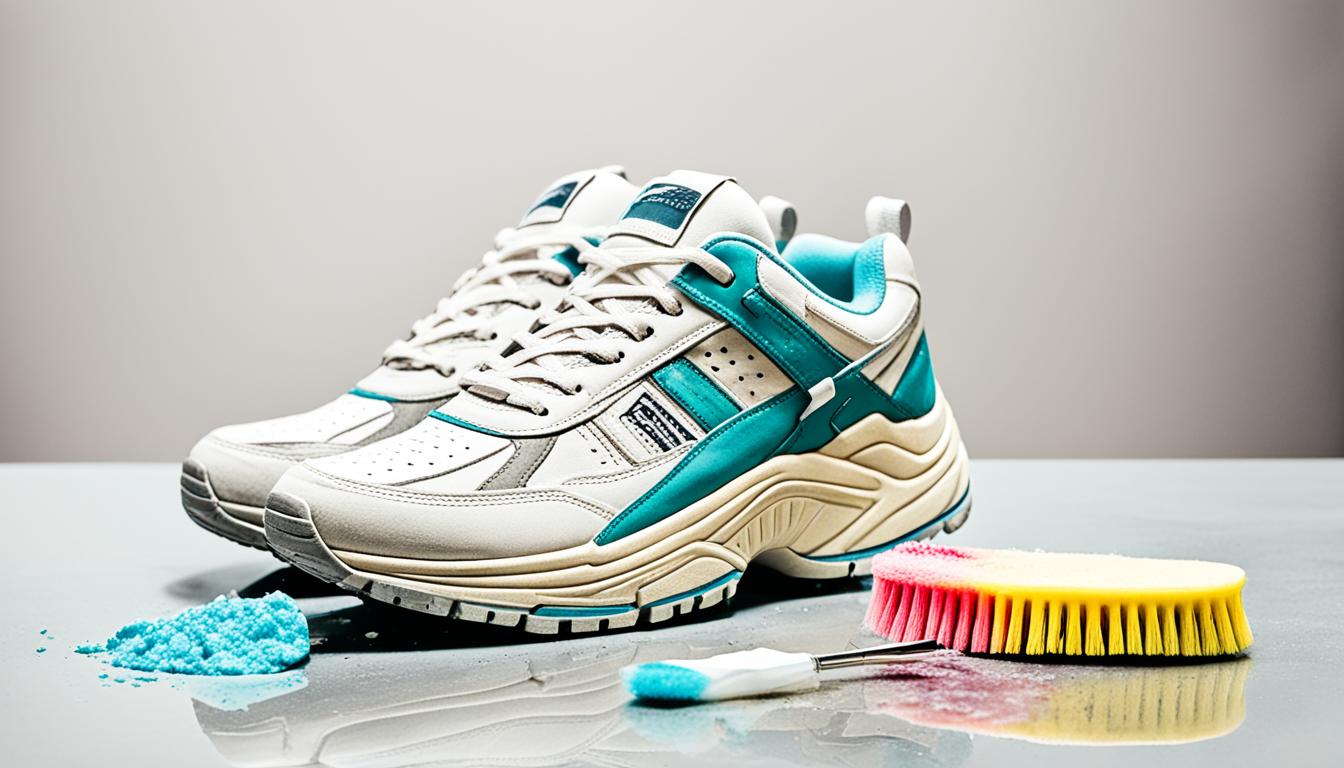Is your PC feeling sluggish and slow? Are you tired of constantly dealing with cluttered files, unused programs, and annoying pop-ups? It’s time to give your computer some much-needed TLC. Cleaning up your PC not only improves its performance but also ensures that it stays in top shape for years to come.
In this blog post, we will guide you through the step-by-step process of how to clean up a PC like a pro! From decluttering your desktop to running virus scans, we’ve got you covered.
So grab a cup of coffee and get ready to give your trusty companion the pampering it deserves! Let’s dive into the world of PC cleanup and discover how to make our computers shine again.
Why is a Clean PC Necessary?

Having a clean PC is not just about aesthetics; it plays a crucial role in ensuring optimal performance. Over time, our computers accumulate unnecessary files, programs, and malware that slow them down and hinder their efficiency. A cluttered desktop and disorganised files can make it challenging to find what you need when you need it, resulting in wasted time and frustration.
Furthermore, an unclean PC is more susceptible to viruses and other malicious software that can compromise your privacy and security. By regularly cleaning up your PC, you not only improve its speed but also create a safer computing environment for yourself. So, let’s roll up our sleeves and dive into the process of cleaning up our PCs step by step!
Signs that your PC needs cleaning
Is your computer acting sluggish? Are you constantly encountering error messages or experiencing frequent crashes? These could be signs that your PC is in desperate need of a good cleanup. When our computers become cluttered and bogged down with unnecessary files and programs, they can start to slow down and impact our productivity.
One common sign of an overloaded system is a slow startup time. If it takes forever for your computer to boot up, it’s likely due to the excessive number of programs running in the background. Another telltale sign is if you find yourself waiting impatiently for applications to open or respond to commands. This delay can be frustrating and hampers efficiency.
Don’t ignore these warning signs! It’s essential to address them promptly by following a step-by-step guide on how to clean up a PC. By doing so, you’ll optimise its performance, improve speed, and ensure a smooth computing experience.
Step-by-step Guide on How to Clean Up a PC

Now that we’ve discussed why it is necessary to clean up your PC and the signs that indicate it needs cleaning let’s dive into the step-by-step process of how to clean up a PC.
Step 1: Decluttering Your Desktop and Organising Files
We’ve all been there – staring at a cluttered desktop filled with icons and files. It can make finding what you need like searching for a needle in a haystack! That’s why step one in cleaning up your PC involves decluttering your desktop and organising your files.
Start by taking a few minutes to go through the items on your desktop. Ask yourself, do I really need this file or shortcut here? If not, it’s time to move it to an appropriate folder. Create folders for different categories such as work, personal, or projects so that you can easily find what you’re looking for later on.
Next, tackle those overflowing document folders. Take some time to review and delete any old or unnecessary files. You’ll be surprised at how much space you can free up by getting rid of those outdated documents that are just taking up valuable storage!
Remember, keeping a clean and organised desktop not only improves productivity but also makes it easier to navigate your computer efficiently. So take the first step towards a cleaner PC by decluttering your desktop and organising those files today!
Step 2: Uninstalling Unused Programs and Apps

When it comes to cleaning up your PC, one important step is uninstalling any unused programs and apps. Over time, we tend to accumulate a lot of software that we no longer need or use. These unnecessary programs can take up valuable space on your hard drive and slow down your computer’s performance.
To begin the process of uninstallation, go to the Control Panel on your PC and click on “Programs” or “Programs and Features.” Here, you will find a list of all the installed programs on your computer. Take some time to review this list and identify any programs that you no longer use or need.
Once you have identified these unwanted programs, simply select them and click on the “Uninstall” button. Follow the prompts provided by the uninstaller to complete the process. It’s important to note that some larger applications may require more time for uninstallation compared to smaller ones.
By regularly removing unused software from your PC, you can free up valuable storage space and improve its overall performance. So take a few moments today to declutter your system by getting rid of those unnecessary programs!
Step 3: Checking for and Deleting Temporary Files
Is your computer feeling sluggish? It might be time to clean up those pesky temporary files that accumulate over time. Temporary files are created when you open programs or browse the internet, and they can take up valuable space on your hard drive.
To get started, go to the Start menu and search for “Disk Cleanup.” Click on the Disk Cleanup program to launch it. Once open, select the drive you want to clean (usually C:), and click “OK”. The program will then analyse your disk and show you a list of files that can be safely deleted.
Be sure to check all the boxes next to categories like “Temporary Internet Files” and “Recycle Bin” before clicking on “OK” again. This will remove all unnecessary temporary files from your computer, freeing up space and potentially speeding up its performance.
Remember, regularly cleaning out these temporary files is an essential part of PC maintenance. So don’t forget this crucial step in keeping your computer running smoothly!
Step 4: Clearing Browser History, Cookies, and Cache

Clearing browser history, cookies, and cache is an essential step in cleaning up your PC. Over time, these files can accumulate and slow down your browsing experience. Plus, they can also pose a privacy risk if left unchecked.
To start, open your web browser’s settings or preferences menu. Look for choices for deleting your internet history or data. You’ll typically have the option to clear different types of data, such as browsing history, cookies, and cached files.
Once you’ve selected the appropriate options, click on the button to clear this data. Depending on how much data you have stored, it may take a few moments for the process to complete. Afterwards, you’ll notice improved performance and increased privacy when using your web browser!
Step 5: Running a Virus Scan and Removing Any Malicious Software
Now that you’ve decluttered your desktop, uninstalled unused programs, and cleared out temporary files, it’s time to tackle the hidden threats lurking on your PC. Viruses, malware, and other malicious software can slow down your computer and compromise your privacy.
To protect yourself from these digital pests, run a comprehensive virus scan using reliable antivirus software. Make sure the program is up to date with the latest virus definitions before starting the scan. This will ensure that it can identify and eliminate any potential threats effectively.
Once the scan is complete, review the results for any detected malware or viruses. Follow the instructions provided by the antivirus program to remove or quarantine them immediately. Don’t forget to restart your computer after cleaning up to finalise the removal process.
By regularly running virus scans and eliminating malicious software promptly, you’ll keep your PC secure and maintain its optimal performance.
Step 6: Updating Drivers and Software to Improve Performance

Keeping your drivers and software up to date is crucial for maintaining a smooth-running PC. Outdated drivers can cause glitches, slow performance, and even crashes. Fortunately, updating them is relatively simple.
You’ll want to identify which drivers need updating. You can do this by going to the manufacturer’s website or using driver update software. Once you have determined the outdated drivers, download the latest versions from the official websites and install them.
In addition to updating your drivers, it’s also important to keep your software up to date with the latest patches and updates. This ensures that any security vulnerabilities are addressed and that you have access to new features or improvements in performance. Regularly checking for updates and installing them will help optimise your PC’s overall performance.
Tools and Software That Can Help with PC Clean-Up
When it comes to cleaning up your PC, having the right tools and software can make a world of difference. These handy resources can help you tackle various aspects of PC maintenance and optimisation, ensuring that your computer runs smoothly and efficiently.
There are several antivirus programs available that can scan your system for any malicious software or viruses. Popular options include Avast, AVG, and Malwarebytes. These tools not only detect and remove threats but also provide real-time protection to prevent future infections.
n addition to antivirus software, disk cleanup tools such as CCleaner or Wise Disk Cleaner can help you free up valuable space on your hard drive by removing unnecessary files and temporary data. They can also clear out browser cache, history, cookies, and other remnants from internet browsing sessions. With these tools at hand, keeping your PC clean becomes a breeze!
Maintenance Tips to Keep Your PC Running Smoothly

Taking care of your PC is essential for its optimal performance. Here are some maintenance tips to keep your computer running smoothly.
First, regularly update your operating system and software. These updates often include important security patches and bug fixes that can improve your PC’s stability and speed. Set up automatic updates, or manually check for changes on a regular basis.
Second, clean the dust from your computer’s hardware components. Dust buildup can cause overheating, which can lead to performance issues and even hardware damage. Use compressed air or a soft brush to gently remove dust from the fans, vents, and other areas where it tends to accumulate.
Remember, by following these simple maintenance tips, you can ensure that your PC stays in top shape and performs at its best!
Conclusion
Keeping your PC clean and optimised is essential for its smooth operation and longevity. By following the step-by-step guide on how to clean up a PC, you can ensure that your computer is running at its best.
Regularly decluttering your desktop, uninstalling unused programs, clearing out temporary files, and running virus scans are all crucial steps in maintaining a clean and efficient PC.
Additionally, keeping your drivers and software up to date and following some simple maintenance tips can help keep your computer running smoothly for years to come. So don’t wait any longer – give your trusty companion the TLC it deserves by following these tips for a clean and optimised PC!







